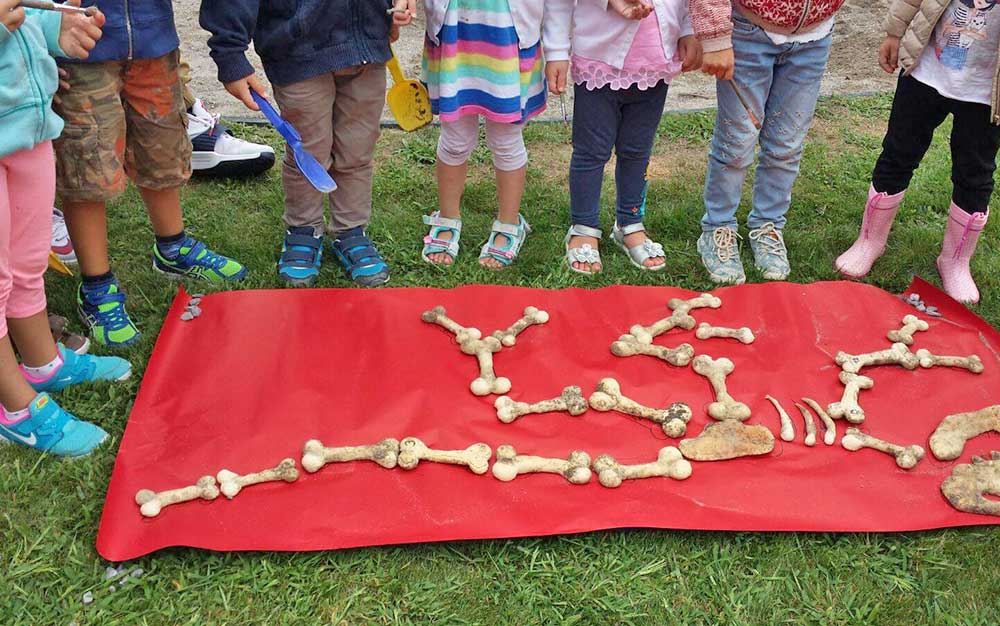Why? Why? Why? MINT free play ideas for kids

What do a marble run, the (plush) vet, a magnet circus and a weather station have in common? They are fun, they are there to play – and they raise awareness of MINT (mathematics, computer science, natural sciences, technology) or also called STEM (Science, Technology, Engineering, and Mathematics) even in the youngest children.
Why? Why? Why? MINT free play ideas spark children's interest in science
What do a marble run, the (plush) vet, a magnet circus and a weather station have in common? They are fun, they are there to play - and they sharpen the awareness of MINT (mathematics, computer science, natural sciences, technology) or also called STEM (Science, Technology, Engineering, and Mathematics) even in the youngest children.
MINT and STEM is on everyone's lips. Even in kindergarten. Because already there the competence can be imparted in a playful way how the children can acquire knowledge, expand it and apply it. The girls and boys discover and research in the fields of mathematics, computer science, natural sciences and technology – without the fields being named that way. And they learn that they can shape their own world.
Four to eight-year-old children can acquire natural science and technology skills in a very natural and playful way, if the children are given the opportunity and accompanied carefully, the experts behind the publication “Competence promotion in free play: game design and game accompaniment am Example MINT”. The project was financially supported by the Swiss Academy of Sciences and the Education Department of the Canton of Bern and accompanied by experts. The concept is based on the knowledge that children learn best when a topic affects their immediate environment.
To support children in learning and playing, 21 new free play ideas were developed that deal with STEM topics. The ideas experience how nature and technology work, observe patterns and gain experience – or, as adults would say, “data”. For example, at the “weather station” the children assemble their own weather forecast over time, at the “marble run” they experience acceleration and learn about the laws of the world. The children bring their stuffed animal for examination and immerse themselves in the relationship between humans and animals and learn about the biological needs of animals. The “Magnet Circus” encourages the spirit of research, because the children learn about attraction and gravity and about the effects of magnetic forces. Because the MINT disciplines have the following steps in common: The children look for explanations for what they observe; they test and check whether what they have observed can be copied again, for example; they show their results; they learn to get the necessary information and support.
The publication “Competence Promotion in Free Play: Game Design and Game Accompaniment Using the MINT Example” consists of three parts: The first part deals with competence-oriented play. In the second chapter, the MINT free spins ideas are presented. The descriptions are always structured in the same way in terms of content and graphics and indicate the context in which they live and competencies in curriculum 21. Finally, planning and documentation aids provide a good overview for all teachers and supervisors.
Globegarden educational tip: You can find more information and the brochure as a download at: https://www.je-desto.ch/home/downloads/

